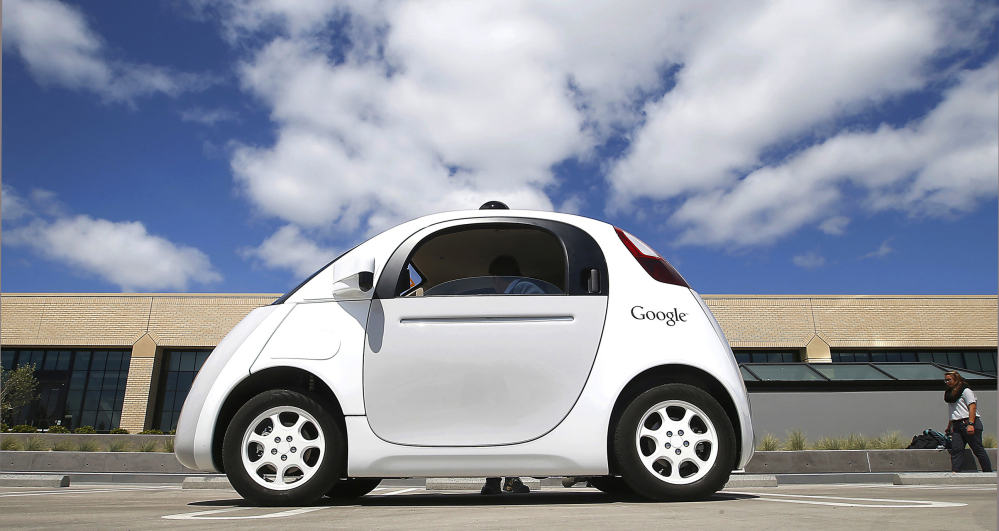DETROIT — Computers that control cars of the future can be considered drivers just like humans, the federal government’s highway safety agency has decided.
The redefinition of “driver” by the National Highway Traffic Safety Administration is an important break for Google, which is developing self-driving cars that get around without steering wheels, pedals – or even the need for a person to be inside.
Though treating a computer like a driver for regulatory purposes helps Google, its cars have miles to go before they get on the road in great numbers. While the safety agency agreed with Google’s “driver” reinterpretation in a recent letter, it didn’t allow other concessions and said numerous federal rules would have to be changed to permit the cars.
Google, a subsidiary of Alphabet Inc., is testing dozens of prototypes in California, Texas and Washington. The company has suggested they could be ready for the public in a few years.
In written requests over the past three months, Google asked the safety agency to interpret federal code in ways that would ease the path to market for its cars.
The agency agreed that the car can be a driver but, in a Feb. 4 response posted on its website, also rejected the company’s claim that the cars comply with many related regulations including requirements for foot or hand brakes. Google said the requirement wasn’t necessary because the electronic driver can stop the cars. The government said regulations are clear and would have to be changed to allow that.
“In a number of instances, it may be possible for Google to show that certain (federal) standards are unnecessary for a particular vehicle design,” Paul Hemmersbaugh, the highway traffic safety agency’s chief counsel, wrote. “To date, however, Google has not made such a showing.”
To put their cars on the road, automakers must self-certify that they meet federal safety standards and get approval from the traffic safety agency. Hemmersbaugh’s letter encouraged Google to apply for exemptions to the standards. It also said for some requests, the agency will have to go through the cumbersome federal rule-making process to approve the cars.
Adding a note of skepticism for Google’s design, in which human control would be limited to a start and stop button, Hemmersbaugh wrote the company, might “wish to reconsider its view that a pedal may never be needed in any circumstance, and that there is not a risk of harm associated with a pedal’s absence.”
Google spokesman Johnny Luu said the company had no comment beyond that it was reviewing the agency’s response.
After several years of caution, federal regulators said last month that they wanted to help speed the widespread adoption of self-driving cars if they prove to be safe.
In January at the Detroit auto show, Transportation Secretary Anthony Foxx said his department wants to get self-driving cars on the road quickly and will fast-track policies and possibly even waive regulations to do it.
Self-driving vehicles could eventually cut traffic deaths, decrease highway congestion and improve the environment, Foxx said. He encouraged automakers to come to the government with ideas about how to speed their development.
He also said the safety agency, which is part of his department, will oversee development of guidance for automakers on what’s expected of self-driving car prototypes.
Send questions/comments to the editors.



Success. Please wait for the page to reload. If the page does not reload within 5 seconds, please refresh the page.
Enter your email and password to access comments.
Hi, to comment on stories you must . This profile is in addition to your subscription and website login.
Already have a commenting profile? .
Invalid username/password.
Please check your email to confirm and complete your registration.
Only subscribers are eligible to post comments. Please subscribe or login first for digital access. Here’s why.
Use the form below to reset your password. When you've submitted your account email, we will send an email with a reset code.